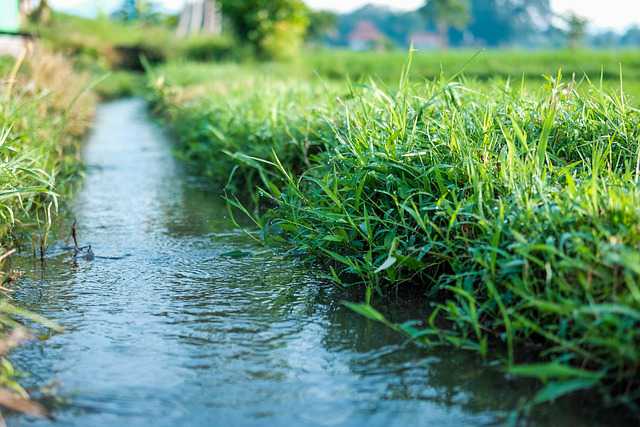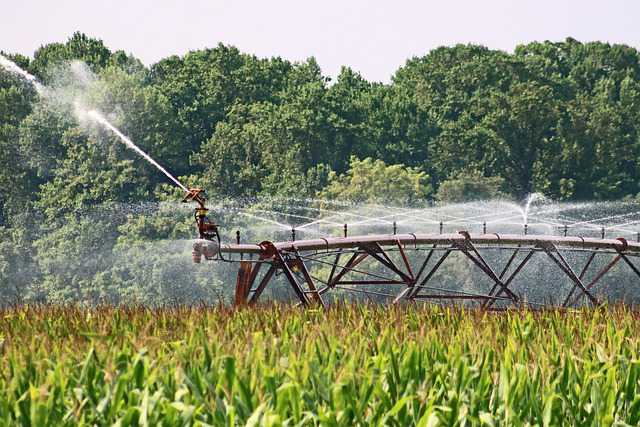Supplying water to crops artificially to meet their water needs is called irrigation. Different types of farm irrigation systems play a crucial role in sustaining agriculture, ensuring optimal water distribution for crop growth.
Irrigation, a fundamental practice in farming, involves the deliberate application of water to the soil to assist in plant growth. Various systems have evolved to meet the diverse needs of farmers worldwide.
These include time-tested methods like surface irrigation, where water flows over the soil surface, and modern innovations such as drip irrigation, which delivers water directly to plant roots. Sprinkler irrigation mimics natural rainfall, while sub-irrigation involves providing water from below the soil surface.
Each approach has its advantages and applications, contributing to the efficiency and sustainability of agriculture by optimizing water use and supporting robust crop yields.
Different Types of Farm Irrigation Systems
Various ways exist to spread water across fields, leading to different irrigation systems. Some usual types of irrigation to irrigate farms are:
Surface Irrigation
Surface irrigation is a traditional method of water distribution used in agriculture, where water flows over the soil surface by gravity. This technique includes furrow, basin, and border irrigation.
In furrow irrigation, water is directed along small channels between crop rows. Basins are leveled areas surrounded by earthen borders, while border irrigation involves flooding entire field strips.
Although surface irrigation is cost-effective and simple, it faces challenges such as uneven water distribution and soil erosion. Modern advancements, such as automated systems and precision control, address these issues.
Despite its limitations, surface irrigation remains a crucial practice, particularly in regions with limited resources, where it plays a pivotal role in sustaining agricultural productivity.
Centre Pivot Irrigation
Centre Pivot Irrigation is an efficient and automated method widely employed in agriculture for crop irrigation. This system features a rotating sprinkler system mounted on wheeled towers, typically forming a circular pattern, irrigating crops in a large, circular area.
It optimizes water use by evenly distributing water over the field, enhancing crop growth. Developed to counter water scarcity and improve irrigation efficiency, Centre Pivot systems are common in arid and semi-arid regions.
The technology’s adaptability to various terrains and crops has contributed to its global popularity. However, the initial investment and energy consumption remain challenges.
Despite this, Centre Pivot Irrigation significantly contributes to sustainable agriculture by maximizing water utilization and enhancing overall crop yield.
Manual Irrigation

Manual irrigation, a fundamental agricultural practice, involves the direct application of water by farmers to nourish crops. Typically, this method employs simple tools such as buckets, hoses, or watering cans.
Though traditional, manual irrigation remains prevalent in small-scale farming, home gardens, and areas with limited access to advanced irrigation technologies. Farmers manually control the water flow, ensuring each plant receives adequate moisture.
This approach, while labor-intensive, allows for a hands-on, localized approach to crop care. However, it can be time-consuming and less efficient compared to automated systems.
Despite the advancements in irrigation technologies, manual irrigation continues to be a vital technique, especially in resource-constrained settings, where it plays a crucial role in sustaining crop growth and supporting livelihoods.
Also Read: Different Types of Agricultural Methods
Localized Irrigation
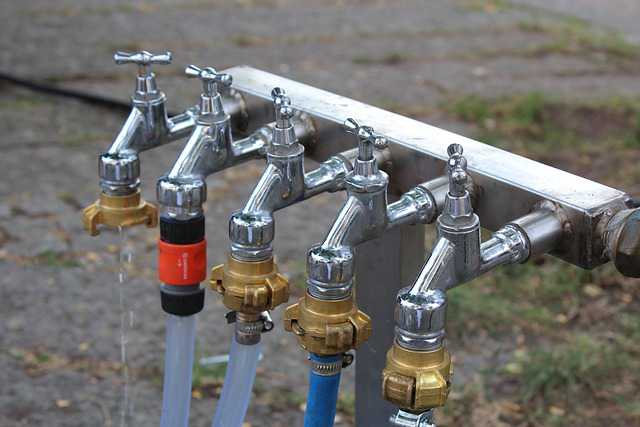
Localized irrigation is a practical and targeted method employed in agriculture to deliver water precisely to the root zones of plants. This technique minimizes water wastage by directing irrigation only to specific areas where crops need it most.
Common types of localized irrigation include drip and soaker hose systems. Drip irrigation involves the slow release of water directly onto the soil near the plant base, while soaker hoses distribute water along the ground’s surface.
These methods are efficient in conserving water resources and reducing weed growth. Localized irrigation is widely adopted in various agricultural settings, from small-scale gardens to large commercial farms.
Its ability to enhance water efficiency and promote healthier plant growth makes it a sustainable choice for farmers seeking resource-conserving irrigation solutions.
Drip Irrigation
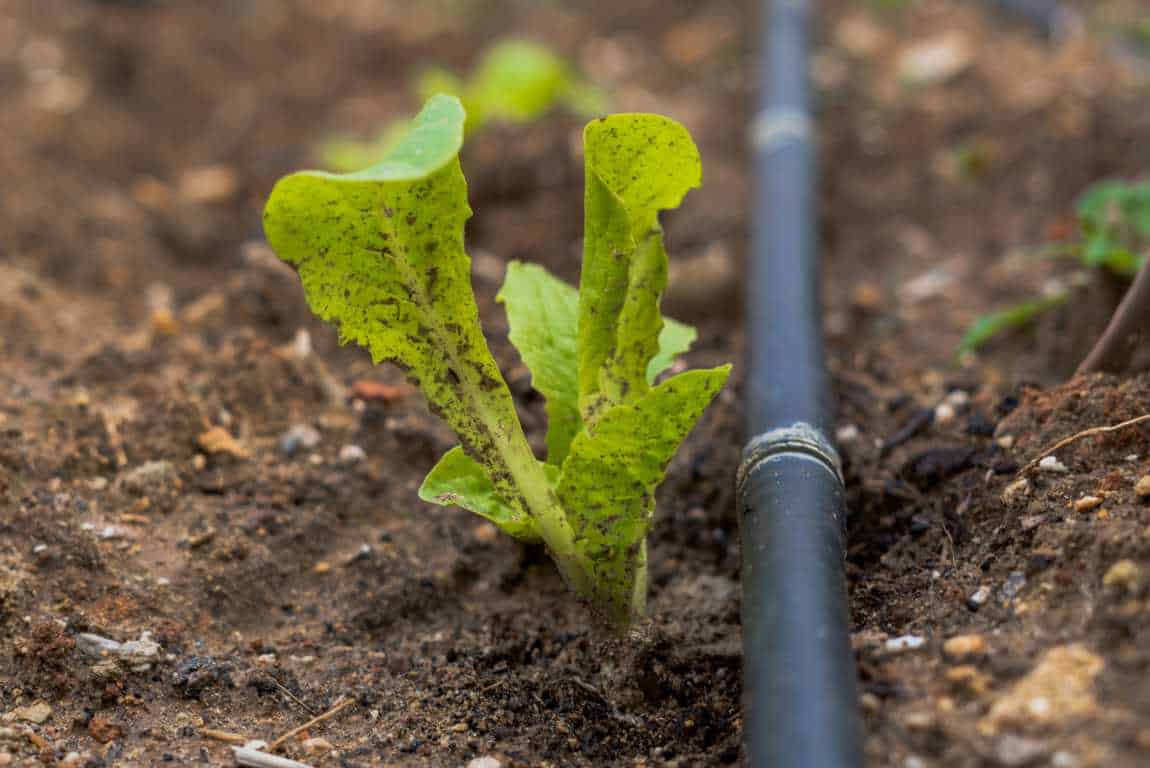
Drip irrigation, a widely utilized agricultural practice, involves the controlled and precise delivery of water directly to the base of plants. This method employs a network of tubes, pipes, and emitters to slowly release water near the plant roots, minimizing wastage.
Drip irrigation enhances water efficiency by reducing evaporation and runoff, making it an environmentally friendly option. Farmers appreciate its adaptability to various crops and terrains, improving overall crop yields.
This technique is particularly effective in arid regions where water conservation is critical. Drip irrigation’s benefits include weed control, fertilizer application precision, and the potential for automated systems.
While initial setup costs may be a consideration, the long-term advantages of water savings and improved crop productivity underscore its significance in sustainable agriculture practices.
Sprinkler Irrigation
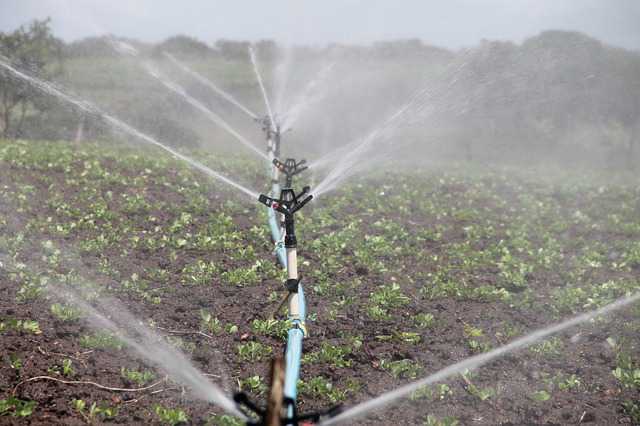
Sprinkler irrigation is a widely employed method in agriculture, where water is distributed over crops in a manner similar to natural rainfall. This system uses a network of pipes and pumps to spray water into the air, creating a gentle rain effect.
The water droplets fall onto the crops, ensuring even coverage across the field. Sprinkler irrigation is adaptable to various crops and terrains, promoting uniform growth. It is particularly beneficial in preventing soil erosion and minimizing water wastage compared to traditional flood irrigation.
While it requires energy to operate the pumps, sprinkler systems enhance efficiency by reducing water usage and labor. Farmers appreciate the simplicity and effectiveness of sprinkler irrigation, making it a common choice for irrigating large agricultural areas around the world.
Sub Irrigation
Sub-irrigation, a practical agricultural technique, involves providing water to plants from below the surface of the soil. This method utilizes a system of pipes or tubes buried beneath the ground, allowing water to naturally rise through capillary action to reach plant roots.
Sub-irrigation is particularly advantageous in water conservation, as it reduces evaporation and minimizes runoff. This approach is commonly employed in greenhouse and container gardening, ensuring consistent moisture levels for plants.
Sub-irrigation systems can be gravity-based or involve the use of pumps, providing flexibility for various applications.
While initial setup costs may be a consideration, the long-term benefits of water efficiency and enhanced plant growth make sub-irrigation a sustainable choice for farmers seeking effective and resource-conscious watering methods.
Irrigation Methods
Irrigation methods can be broadly classified into two categories: Traditional and Modern. Traditional methods involve manual water extraction, where farmers pull water from wells or canals using cattle or by themselves, transporting it to their fields.
This approach varies across regions, with examples like the pulley, lever, and chain pump systems. Although cost-effective, traditional methods suffer from uneven water distribution and high chances of water loss.
Modern methods, including the Sprinkler and Drip systems, address these drawbacks.
The Sprinkler system evenly distributes water over crops, making it suitable for water-scarce regions. Pipes connected to a pump generate pressure, sprinkling water through nozzles.
In the Drip system, water is supplied drop by drop at the roots using hoses, proving beneficial in areas with limited water availability.
Irrigation Importance for Crops
Irrigation is essential for various reasons:
- Inadequate and unpredictable rainfall adversely impacts agriculture, leading to droughts and famines. Irrigation boosts productivity, especially in regions with low rainfall.
- Productivity on irrigated land surpasses that of un-irrigated areas.
- In India, specific rainy seasons limit multiple cropping. However, the climate allows year-round cultivation, facilitated by irrigation, enabling the growth of more than one crop in many areas.
- Irrigation has reclaimed fallow land for cultivation.
- It has stabilized output and yield levels.
- Increased water supply through irrigation enhances farmers’ income.
Proper irrigation is crucial to avoid issues like waterlogging, hindered germination, heightened salt concentration, and uprooting due to excess water. Therefore, employing the right method is essential for optimal cultivation.
Conclusion
Different types of farm irrigation systems, ranging from traditional approaches like surface irrigation to modern innovations such as drip and sprinkler systems, underscore the adaptability of agriculture to varying needs and conditions.
These methods play a vital role in sustaining crop growth by efficiently delivering water to plants. Whether it’s the simplicity of surface irrigation, the precision of drip systems, or the mimicry of natural rainfall with sprinklers, each approach caters to specific agricultural demands.
While some systems require manual intervention, others, like sub-irrigation, function with minimal oversight.
Overall, the continuous evolution of irrigation practices reflects the resilience of farming communities worldwide, adapting to technological advancements while staying rooted in fundamental principles of providing crops with the water they need for robust and sustainable development.


